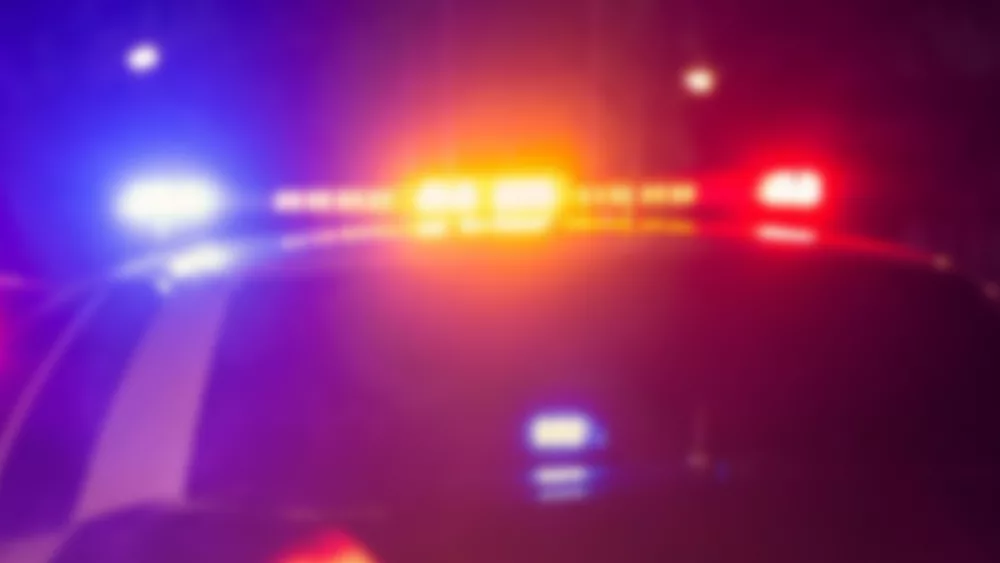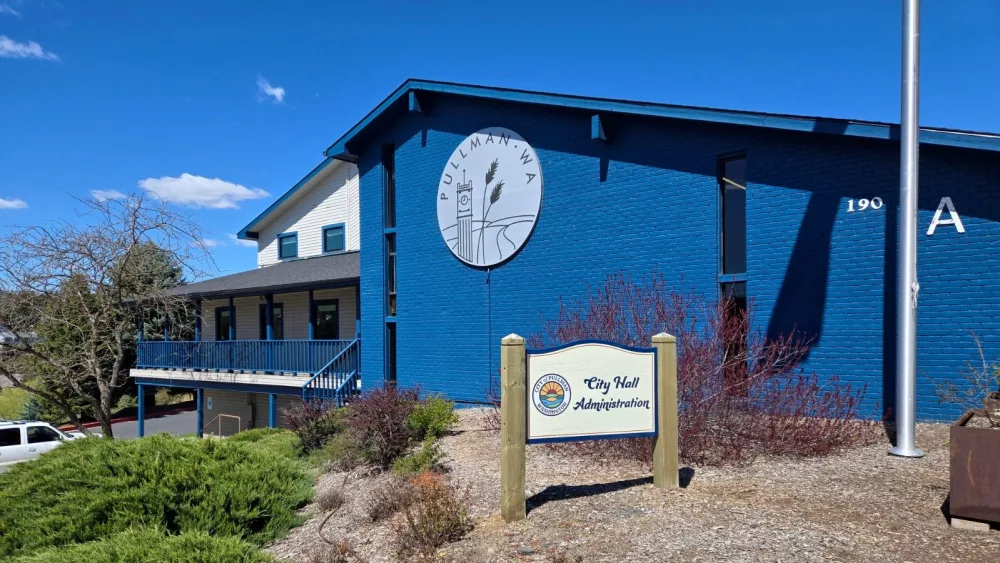(The Center Square) – Under legislation proposed in the Washington state Senate, drivers would face new limits on when it’s permissible to make a right turn at red lights.
Senate Bill 5514 would prohibit drivers from making a right turn on a red light when they are within 1,000 feet of a child care center, public park or playground, recreation center, library, public transit center, hospital, or senior center.
Were the bill to become law, Washington would be the first state in the nation to significantly roll back the right of drivers to turn right at red lights.
The bill’s prime sponsor, Sen. John Lovick, D-Mill Creek, explained his thinking during a public hearing before the Senate Transportation Committee on Tuesday.
“This simple change would make intersections safer for children, seniors, and other pedestrians at a time when traffic violence is at a three-decade high,” he told the committee. “The number of traffic-related pedestrian deaths and injuries is increasing at a much higher rate than other road users.”
According to a December preliminary report from the Washington Traffic Safety Commission, 745 people were killed in crashes in 2022, the highest number of fatalities in the state since 1990.
Lovick’s push to limit right turns on red lights is informed by his 31-year career with the Washington State Patrol, where he saw his share of motor vehicle accidents.
“According to crash data, right turns on red lights disproportionately harm people walking and biking,” he said. “When you’re driving and stopped at a red light preparing for a right-hand turn, the focus is often to your left as you look for a gap between oncoming cars. This can result in less awareness of pedestrians and bicyclists in the crosswalk or intersection to your right.”
SB 5514 was supported by all 10 people who testified before the committee – five who spoke in person and five who spoke by video.
Committee Chair Sen. Marko Liias, D-Everett, reported those signed in for the hearing but not wishing to testify included 476 people in support of the bill, 25 opposed to the bill, and 3 who didn’t take a position on the bill.
The bill hasn’t been scheduled for a vote, but if it does pass the Legislature as written and is signed into law by the governor, it would go into effect on July 1, 2024.



